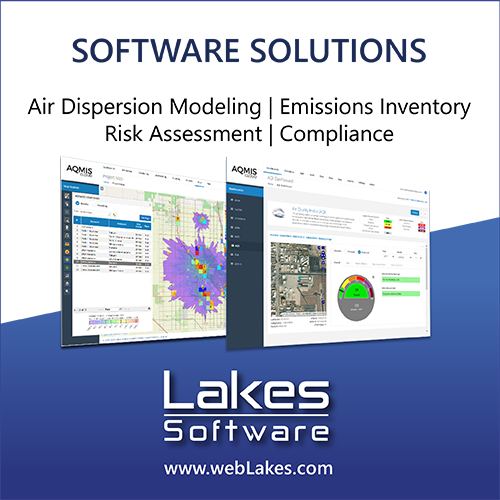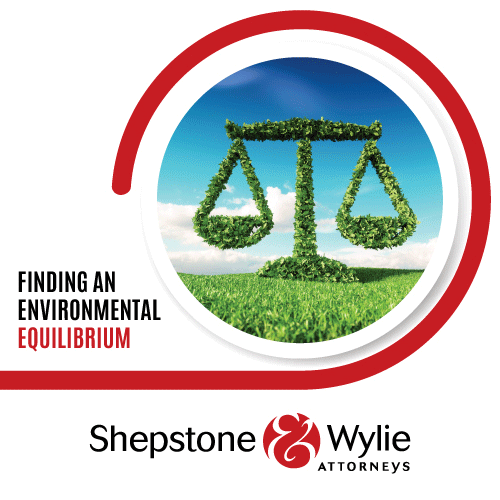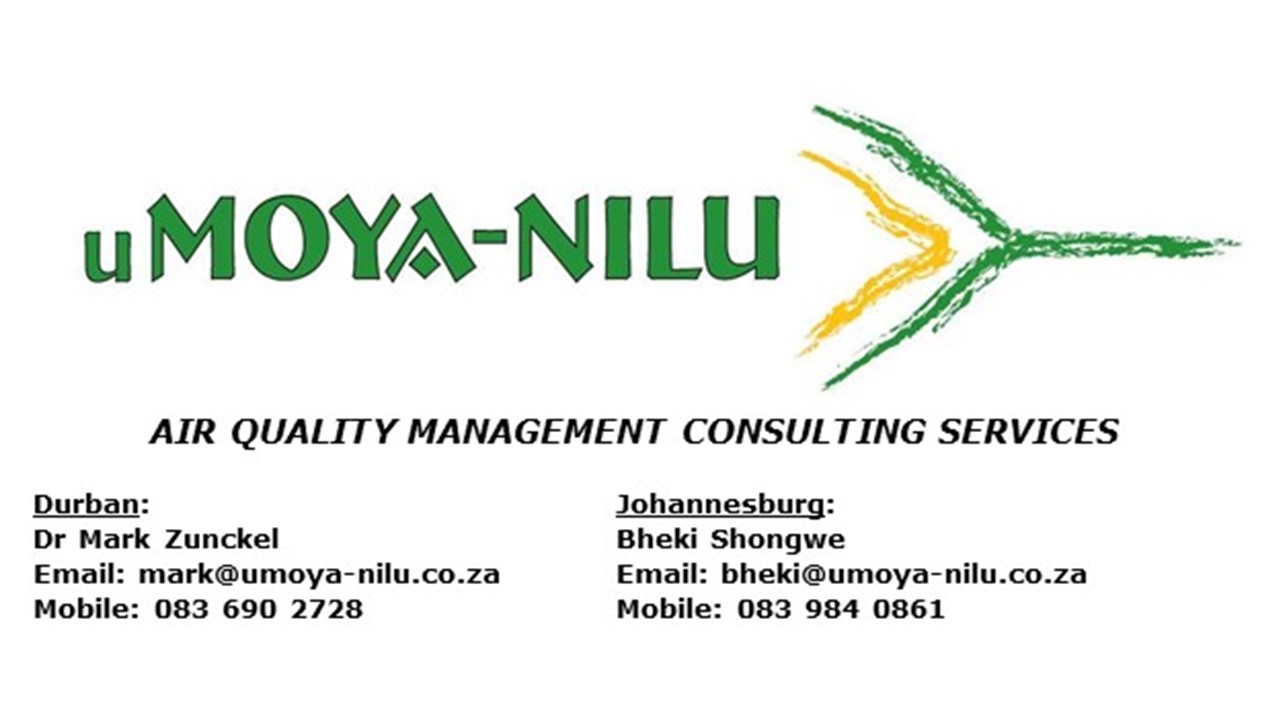Submissions
Submission Preparation Checklist
All submissions must meet the following requirements.
- The submission file is in OpenOffice, Microsoft Word, or RTF document file format.
- Where available, URLs and dois for the references have been provided.
- Where available, author ORCID ids for authors have been provided.
- The text adheres to the stylistic and bibliographic requirements outlined in the Author Guidelines below.
- The names, affiliations, and email addresses of two potential reviewers to evaluate the manuscript have been provided in the cover letter (for peer-reviewed manuscripts only).
- The submission has not been previously published, nor is it before another journal for consideration (or an explanation has been provided in Comments to the Editor). Note: If the submission is a revised conference paper, the additional supporting information that must be submitted is detailed below and under "Authors" tab.
- All authors have signed the Consent to Publish form and this is included in the submission. The CAJ form that is available online must be used.
- If you have used AI, the declaration of AI usage is in the cover letter and the manuscript should include the name, version, and manufacturer of the tool used, and the date on which it was accessed.
Research Article
Research articles must contain original results and interpretation. These articles will be reviewed for scope, originality and quality, with a strong focus on the relevance and impact of the article to Africa.
Review Article
Review articles should be on a topic relevant to air quality in Africa. These articles will be reviewed for scope, originality and quality, with a strong focus on the relevance and impact of the article to Africa.
Technical Article
Technical papers describe methods, procedures and management processes that are novel or have a novel application for Africa. These articles will be reviewed for scope, originality and quality, with a strong focus on the relevance and impact of the article to Africa.
Copyright Notice

All articles are published under a Creative Commons Attribution 4.0 International License; copyright is retained by the authors. Readers are welcome to reproduce, share and adapt the content without permission provided the source is attributed.
Privacy Statement
The names and email addresses entered in this journal site will be used exclusively for the stated purposes of this journal and will not be made available for any other purpose or to any other party. Personal data collected is dealt with in accordance with the South African POPI Act, South Africa's equivalent of the EU GDPR. Also view the Khulisa Journals Data Privacy Policy for more information.








.png)